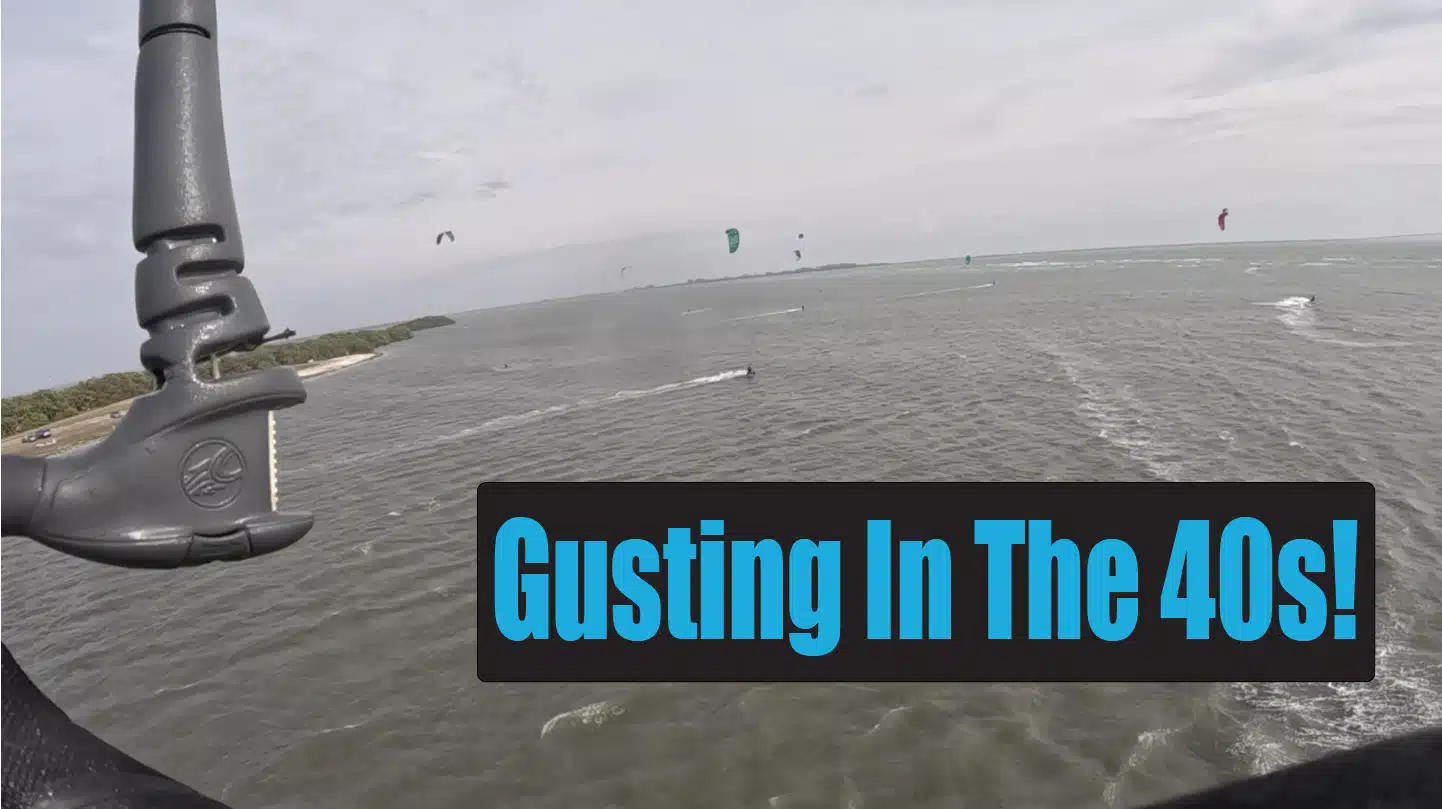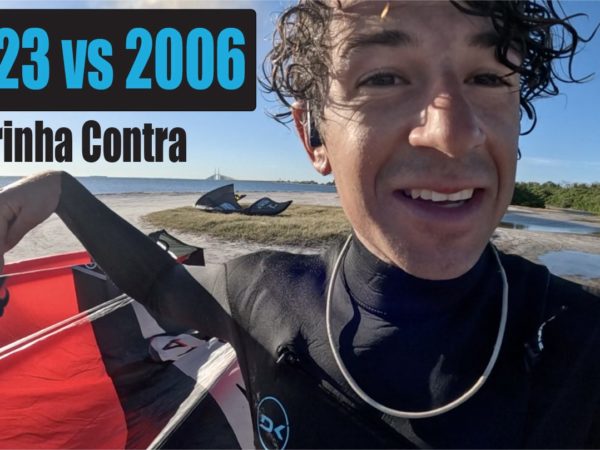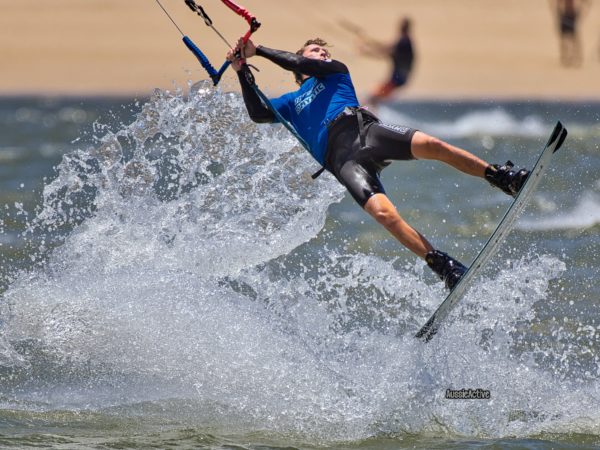What Dictates An El Nino Year?
El Niño refers to the periodic warming of sea surface temperatures in the central and eastern equatorial Pacific Ocean. This climatic event is part of the broader El Niño-Southern Oscillation (ENSO) phenomenon, characterized by the periodic warming (El Niño) and cooling (La Niña) of these sea surface temperatures. El Niño events typically occur every two to seven years and can last for several months.
Affects of El Nino in Tampa Bay
Tampa Bay is already a difficult location to accurately forecast the weather. This is in large part due to the peninsula shape of St Petersburg and for the fluctuating water temperatures in Tampa Bay. An El Nino year makes it even more difficult to accurately forecast the weather, specifically the wind forecast. NOAA categorizes these three main impacts on weather for Florida.
- El Niño has been linked to reductions in Atlantic hurricane activity due to increased vertical wind shear.
- El Niño generally brings above average precipitation to Florida during Fall-Winter-Spring…reduced risk of wildfires…higher risk of flooding.
- Increased storminess across the southern U.S. increases the threat of severe weather in Florida during El Niño winters.
Forecasting Weather During El Nino
The consistent variable through the El Nino pattern is cold fronts coming through Tampa Bay. The difference between El Nino cold fronts and regular cold fronts, from our observations, is that the El Nino fronts are more intense. The southerly winds before the front are stronger and the storms affiliated with the front are more powerful.
Traditionally, we get wind for two or three days after the front passes through. This year is different. The main difference is that some fronts bring no wind after it passes through. In general, the actual weather after a front does not follow what the forecast says. In other words, this is a more difficult year to forecast winds than normal.
How to Forecast the Winds
For the most accurate forecast, look within a three or four day window. Forecasts a week out are rarely accurate unless there is a massive front. Even then, it is likely the forecast will change. The most accurate forecast models remain the IK-WRF and the GFS models. Both of these can be accessed here on iKitesurf’s website. The other data we rely heavily on is the marine forecast that iKitesurf releases at 7pm and 7am. This does require a paid subscription, but it is well worth the money.

Notice: JavaScript is required for this content.
<!–
–>
!function(f,b,e,v,n,t,s){if(f.fbq)return;n=f.fbq=function(){n.callMethod?
n.callMethod.apply(n,arguments):n.queue.push(arguments)};if(!f._fbq)f._fbq=n;
n.push=n;n.loaded=!0;n.version=’2.0′;n.queue=[];t=b.createElement(e);t.async=!0;
t.src=v;s=b.getElementsByTagName(e)[0];s.parentNode.insertBefore(t,s)}(window,
document,’script’,’https://connect.facebook.net/en_US/fbevents.js’);
fbq(‘init’, ‘1777067532515835’); // Insert your pixel ID here.
fbq(‘track’, ‘PageView’);
(function(d, s, id) {
var js, fjs = d.getElementsByTagName(s)[0];
if (d.getElementById(id)) return;
js = d.createElement(s);
js.id = id;
js.src = "//connect.facebook.net/en_US/sdk.js#xfbml=1&version=v2.5";
fjs.parentNode.insertBefore(js, fjs);
}(document, 'script', 'facebook-jssdk'));
Source link




